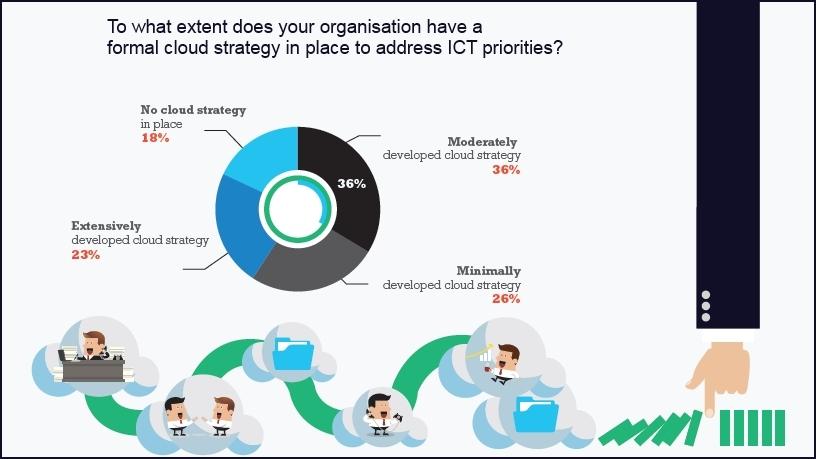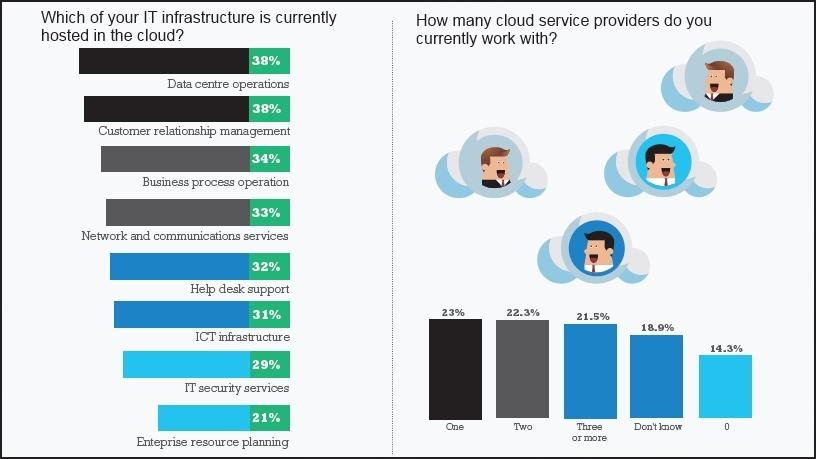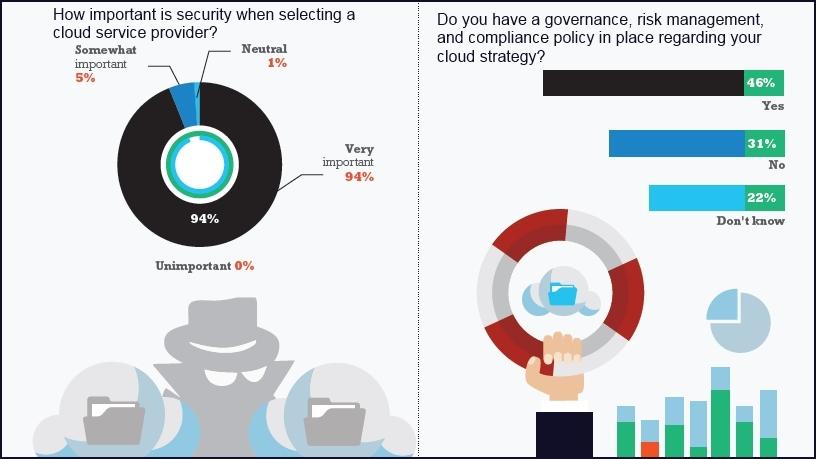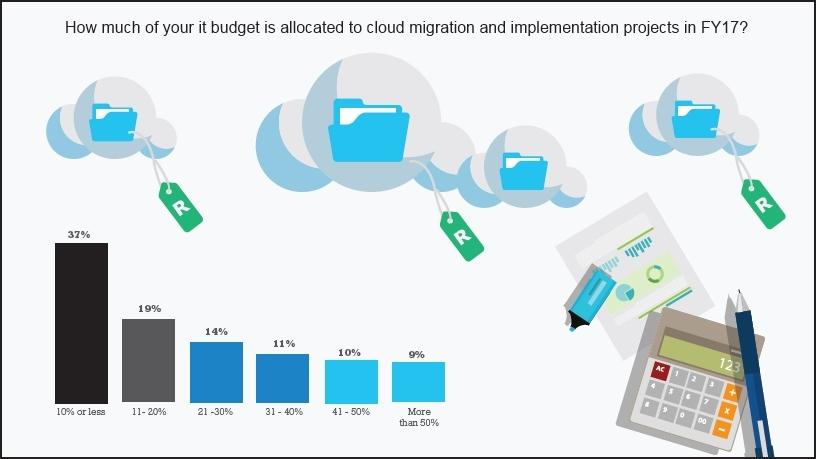
Adopting a multi-cloud approach is the way to go, according to T-Systems.
A recent survey by ITWeb, in partnership with T-Systems, examined to what extent this approach is used in local businesses.
First things first: do companies have a formal cloud strategy in place? Over 80% of the respondents do have it, and 23% report their strategy is extensively developed.
But not all those who have a strategy have made the move into the cloud as yet - 63% of respondents currently have a cloud service provider. Of those, over 20% are using three or more cloud service providers, and a further 22% are using two, while 21% have opted for one provider only.
Jiten Lala, manager: portfolio and partner management for ICT delivery at T-Systems, believes the number of organisations moving to the cloud will keep growing at a faster rate. "One needs to speed up innovation and reduce time to market through cloud. Cloud is an enabler to achieve better productivity, agility and capacity to respond to ever- changing business realities," he says.
Almost 60% of respondents stated that their company is currently considering moving to the public cloud and the majority is confident they have considered all the risk associated with the move.
"The risks that should be considered are cloud compatibility and compliance, security and data privacy, as well as service level agreements," says Lala.
Experienced consultants understand the need to design 'wiggle room' in the process.
"Other points to be taken into consideration are security, vendor lock-in and pay-per-user service levels," he adds.
The most popular model being pursued is off-premises private cloud (57%), followed by on-premises self-managed (44%). About 30% have opted for offpremise public cloud or on-premises vendor managed (22.9%).
Policies challenge
Just under half (46%) of respondents cited they do have a governance, risk management and compliance policy in place with regard to their cloud strategy, while the rest either don't know or don't have it.
"Cloud policies ensure you receive the right solutions for your cloud requirements. As well as governance, risk and compliance, there are other important policies that should be in place, such as cloud service visibility and continuous cloud service provider evaluation," Lala advises.
The survey also revealed that 44% of respondents' cloud services are hosted locally, while 33% are using both local and cross-border providers.
"Compliance to local data laws is an advantage as well as being able to receive face-to-face support that your enterprise needs," comments Lala.
When asked what ICT services are the most difficult to place in the cloud due to risk factors, security features was the ranked highest at 36%, CRM came in second at 26% and business process operation third at 25%.
What portion of your IT budget is allocated to cloud migration projects? Most are taking a cautious approach and will only allocate under 10%. On the other hand 9% will spend more than half of the budget on cloud.
About the survey
The 2017 Multi-cloud approach to ICT Survey was run online on ITWeb for a period of two weeks in June and July, to gain valuable insight into the multi-cloud approach to ICT strategies of SA organisations.
1 To what extent organisations have a formal cloud strategy in place;
2 Are organisations ensuring governance, risk and compliance policies are in place;
3 The most significant factors when considering an ICT service provider.
Who responded
* A total of 318 responses were received for the Business Resilience Survey.
* 19% of respondents are executive management and 33% middle management.
* 22% of survey respondents are from fairly large companies with between 501-5000 employees and 15% are from multinationals with over 10 000 employees.




Share